Provinces once reliant on traditional industries look to high-tech development, natural advantages
At a recent major business event in Yabuli, Heilongjiang province, the total value of investment contracts signed was lower than a year ago — an indication not of fading interest, but of a change in development direction, experts said.
Most of the 125 projects covered by the contracts are in emerging sectors such as the digital economy, biotechnology, the ice and snow industry, new energy, high-end equipment, aerospace and new materials.
The makeup of these contracts underscores the region's determination to capitalize on the ongoing new technology evolution, as the decline in its old industrial base has not been totally reversed.
Local governments' initiatives include reviving the substantial State-owned economy, addressing challenges created by the depletion of natural resources, stopping the brain drain, and dealing with a rapidly aging and dwindling population. All these initiatives need to be done while managing local government debt. None of these tasks is simple, particularly as they are interconnected.
Against this backdrop, the central authorities have vowed to renew their efforts to revitalize Northeast China — a commitment that began in 2003. The region, covering approximately 1.52 million square kilometers, includes Heilongjiang, Jilin and Liaoning provinces, as well as the eastern part of the Inner Mongolia autonomous region.
The China-Russia Expo and Subregional Cooperation Forum convened in Heilongjiang's capital, Harbin, on Friday and was attended by visiting Russian President Vladimir Putin. His attendance indicated the significance the Russian side attaches to deepening economic and trade cooperation with China through Heilongjiang, as well as the border province's potential to further open up.
This year marks the 21st anniversary of the launch of the Northeast China Revitalization Strategy. Between 2003 and 2022, the central government's total transfer payments to the region reached nearly 12 trillion yuan ($1.66 trillion), according to a China Business Network report. Although these funds were vital for sustaining local government operations, they were insufficient to fully reinvigorate the local economy.
The region accounts for one-sixth of the country's area and in the 1990s, during its population peak, it made up 9 percent of the national population. By 2022, however, it accounted for 4.8 percent of China's total economy, down from 8.5 percent in 2003.
The continuous contraction of the economy is reflected in the population decline caused by a brain drain, a low birthrate, and an aging society.
According to data from the seventh national census released in 2021, the permanent population of the three northeastern provinces was 98.51 million, a decrease of 11.01 million from the sixth national census in 2010. The provinces' proportion of the national population has also dropped from 8.18 percent in 2010 to 6.98 percent last year.
Nevertheless, the central government's contributions have been indispensable in promoting agricultural industrialization, rescuing some State-owned enterprises from bankruptcy, improving the livelihoods of laid-off workers, and mitigating the decline of resource-depleted cities and industrial and mining areas.
Now, the bailout policy of the central government is focused not only on transfer payments but also on helping the region develop internally generated impetus. This involves encouraging local governments to streamline and reform their administrative systems related to industry, business, and society, which were established during the era of the planned economy.












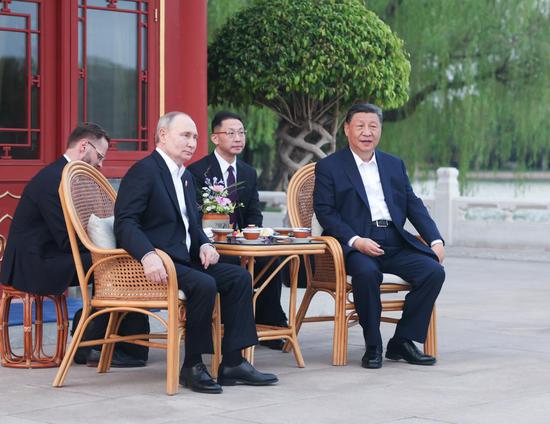
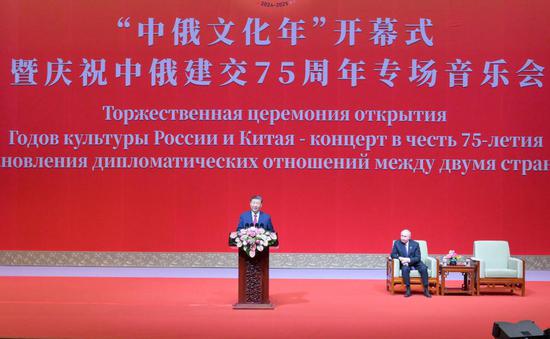
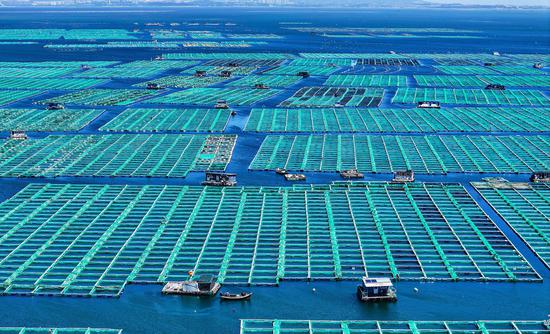



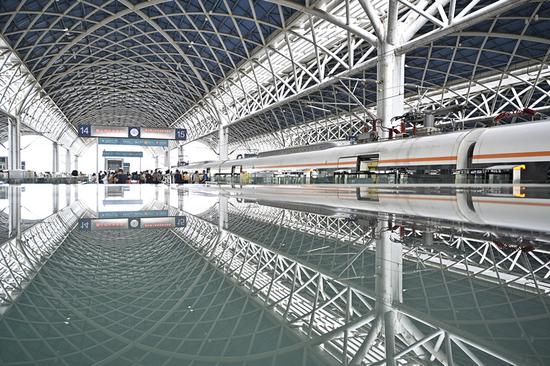


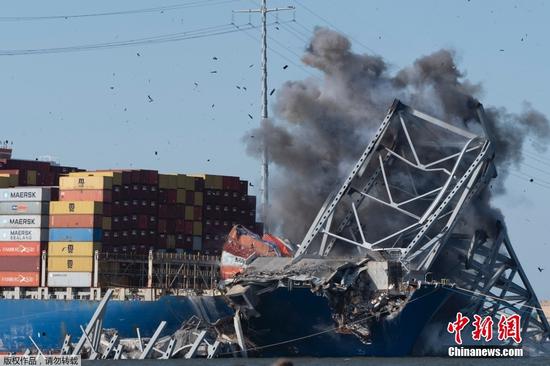


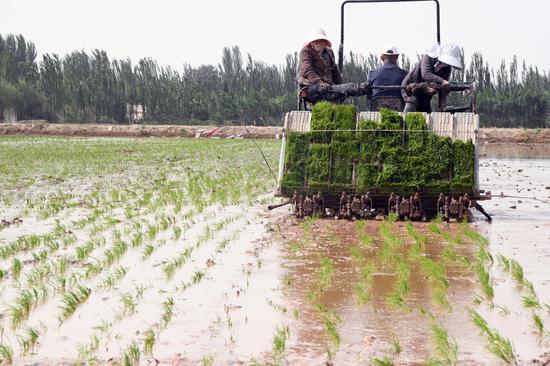






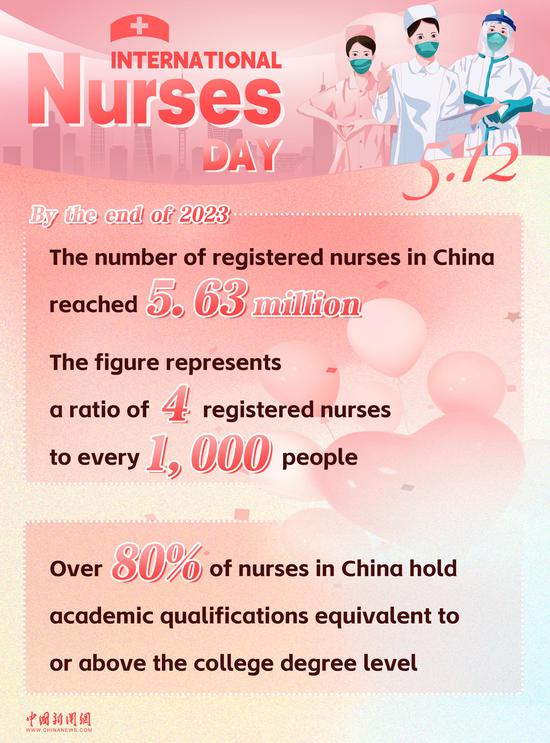



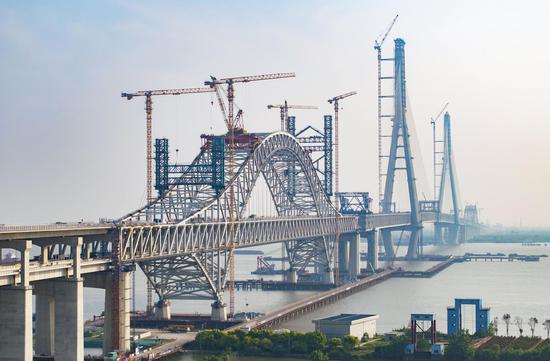

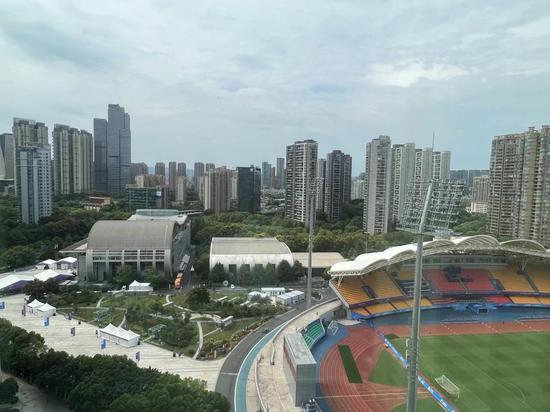




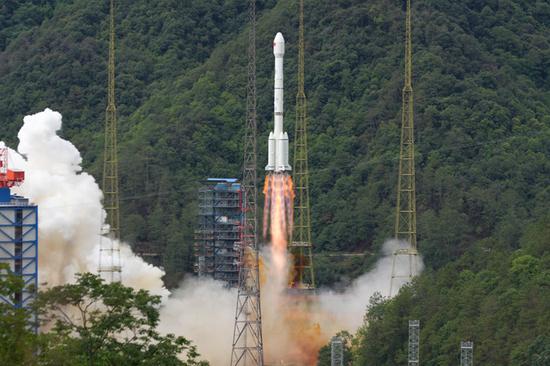

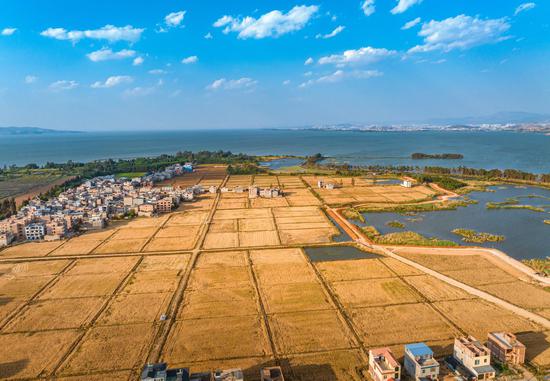





 京公网安备 11010202009201号
京公网安备 11010202009201号